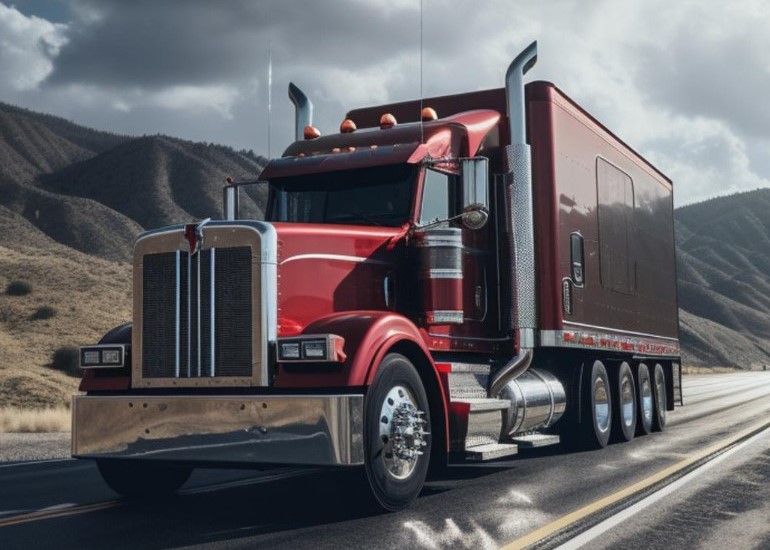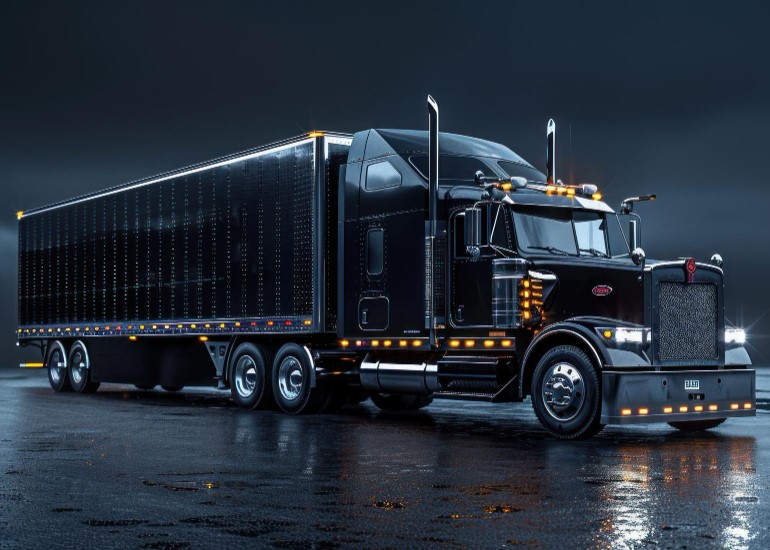Online CDL Permit Practice Tests
state Alaska
Ace Your Alaska CDL Exam: Free Practice Tests
Don't waste your time - start practicing with free online tests today
Our free online CDL practice tests cover all the essential topics, including General Knowledge, Air Brakes, and Combination Vehicles. Practice at your own pace, anytime, anywhere, to build your confidence and ensure you’re fully prepared for your CDL exam.
General Knowledge Test
Air Brakes
Test
Combination Vehicle Test
Step-by-Step Guide to Getting a CDL in Alaska
Step 1: Determine Eligibility
- You must be at least 18 years old for intrastate driving (within Alaska) or 21 years old for interstate driving (across state lines) or transporting hazardous materials.
- Have a valid Alaska driver’s license.
- Ensure you have a clean driving record with no disqualifying offenses.
Step 2: Obtain a Medical Certificate
- Schedule a medical exam with a FMCSA-certified medical examiner.
- Obtain a Medical Examiner’s Certificate to prove you are physically fit to drive a commercial vehicle.
- Submit your medical certificate to the Alaska Division of Motor Vehicles (DMV).
Step 3: Apply for a CDL Instruction Permit
- Visit a local Alaska DMV office.
- Provide the following:
- Alaska driver’s license
- Medical Examiner’s Certificate
- Proof of residency (if required)
- Pass the CDL General Knowledge Test.
- Pay the CDL permit fee.
- The CDL permit is valid for 180 days and allows you to practice driving with a CDL holder in the vehicle.
Step 4: Get Endorsements (If Needed)
- If you need special endorsements (e.g., for hazardous materials, passenger transport, or tanker vehicles), you must pass additional knowledge tests.
- For Hazardous Materials (HME) endorsement, you must:
- Undergo a TSA security threat assessment.
- Get fingerprinted.
- Pass the Hazmat knowledge test.
Step 5: Practice Driving a Commercial Vehicle
- While holding your CDL permit, practice on-road driving with a qualified CDL-licensed driver.
- You must complete enough practice to be comfortable for the road test.
Step 6: Schedule and Pass the CDL Skills Test
- Schedule an appointment with an approved CDL testing location.
- The skills test consists of:
- Pre-Trip Vehicle Inspection – Demonstrate knowledge of vehicle safety checks.
- Basic Control Skills Test – Show your ability to maneuver the vehicle.
- Road Test – Drive on public roads to demonstrate safe driving practices.
Step 7: Pay the CDL Fees and Receive Your License
Upon passing the skills test, return to the DMV to:
- Submit your skills test completion certificate.
- Pay the CDL issuance fee.
- Receive your official Alaska CDL.
Step 8: Comply with Federal and State CDL Regulations
- Register with the FMCSA Drug & Alcohol Clearinghouse.
- Stay compliant with random drug and alcohol testing.
- Renew your CDL and medical certificate as required by the DMV.
Frequently asked questions
Obtaining a Commercial Driver’s License (CDL) in Alaska involves understanding specific requirements and procedures. Below are some frequently asked questions to guide you through the process:
What is a Commercial Driver's License (CDL)?
A CDL is a license required to operate commercial motor vehicles (CMVs) such as large trucks and buses. In Alaska, a CDL is mandatory for vehicles with a Gross Vehicle Weight Rating (GVWR) of 26,001 pounds or more, vehicles designed to transport 16 or more passengers (including the driver), or any size vehicle used to transport hazardous materials requiring placarding.
Who needs a CDL in Alaska?
You need a CDL if you operate: A single vehicle with a GVWR of 26,001 pounds or more. A combination vehicle with a combined GVWR of 26,001 pounds or more, towing a unit over 10,000 pounds GVWR. A vehicle designed to transport 16 or more passengers, including the driver. Any vehicle transporting hazardous materials requiring placards. DOT.ALASKA.GOV
What are the age requirements for obtaining a CDL in Alaska?
You must be at least 19 years old to obtain a CDL for intrastate driving (within Alaska). To drive interstate (across state lines) or transport hazardous materials, you must be at least 21 years old.
Do I need a medical certificate to obtain a CDL?
Yes, all CDL applicants must obtain a Medical Examiner's Certificate, commonly known as a medical card, to ensure they are physically qualified to operate a commercial vehicle. This certificate must be carried at all times when operating a commercial vehicle.
Are there any exemptions to obtaining a CDL in Alaska?
Yes, certain drivers are exempt, including those operating recreational vehicles for personal use, military personnel operating military vehicles, emergency responders operating emergency vehicles, and farmers transporting agricultural products within 150 miles of their farm.
What endorsements are available for a CDL in Alaska?
Endorsements allow you to operate specific types of commercial vehicles and include: T: Double/Triple Trailers P: Passenger S: School Bus N: Tank Vehicle H: Hazardous Materials X: Combination of Tank Vehicle and Hazardous Materials Each endorsement requires passing additional knowledge and/or skills tests.
How do I transfer an out-of-state CDL to Alaska?
To transfer your CDL to Alaska, visit a local DMV office and provide your current CDL, proof of U.S. citizenship or legal presence, proof of Alaska residency, Social Security Number, and a valid DOT medical card. You may also need to pass the Alaska knowledge and/or skills tests.
Do I need to keep a logbook while driving a commercial vehicle in Alaska?
Yes, drivers of commercial vehicles are generally required to maintain a logbook to record their hours of service. However, there are exceptions, such as the 100 air-mile radius exemption, which applies if you operate within a 100 air-mile radius and meet specific conditions.
For more detailed information, refer to the Alaska DMV’s official website or the Alaska Commercial Driver License Manual.



